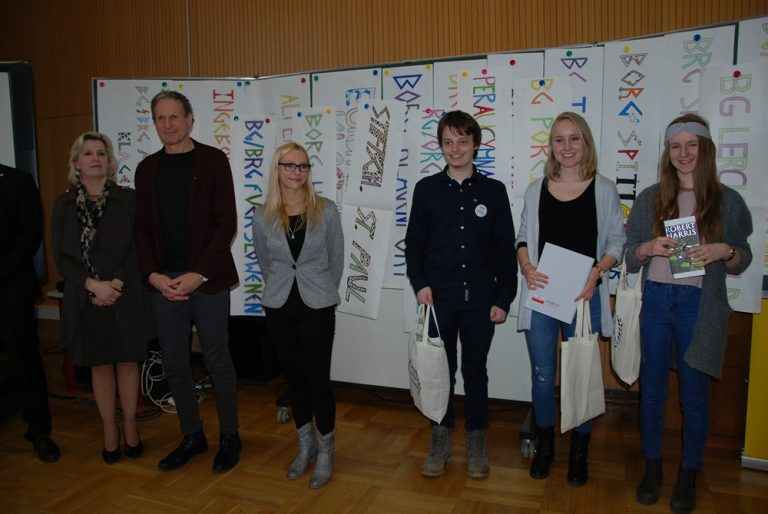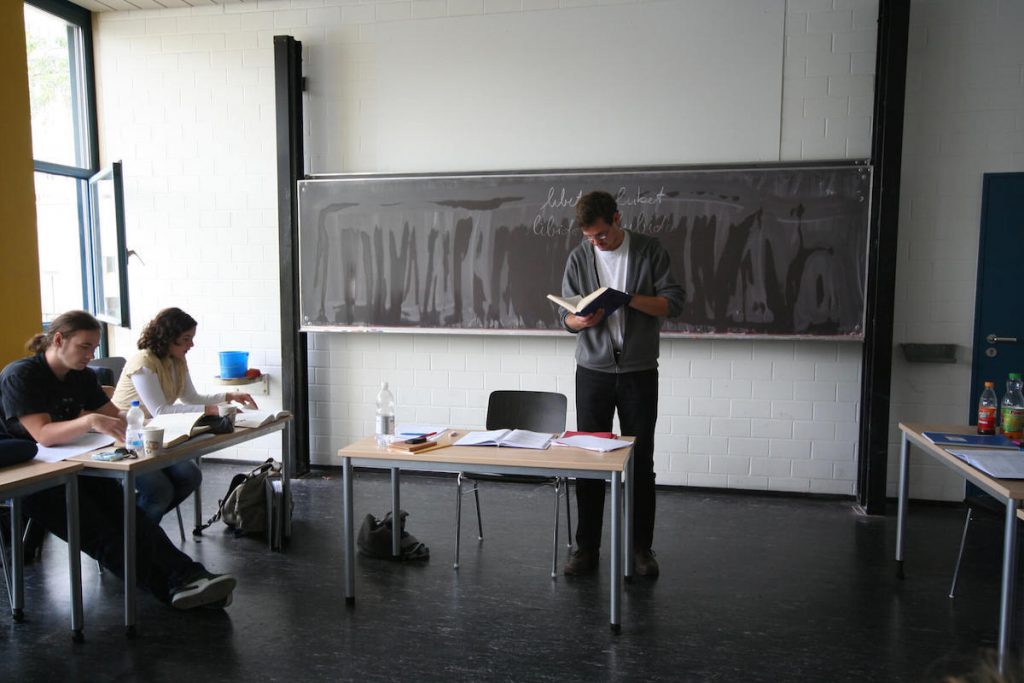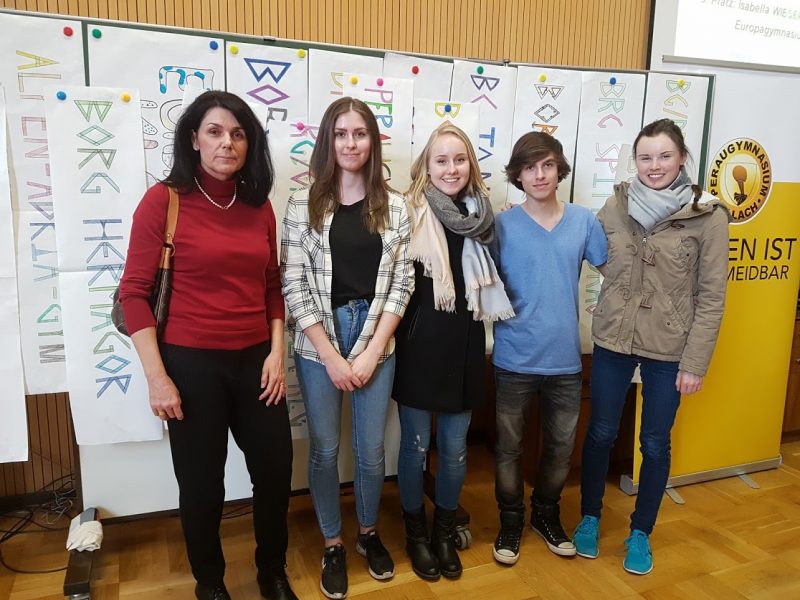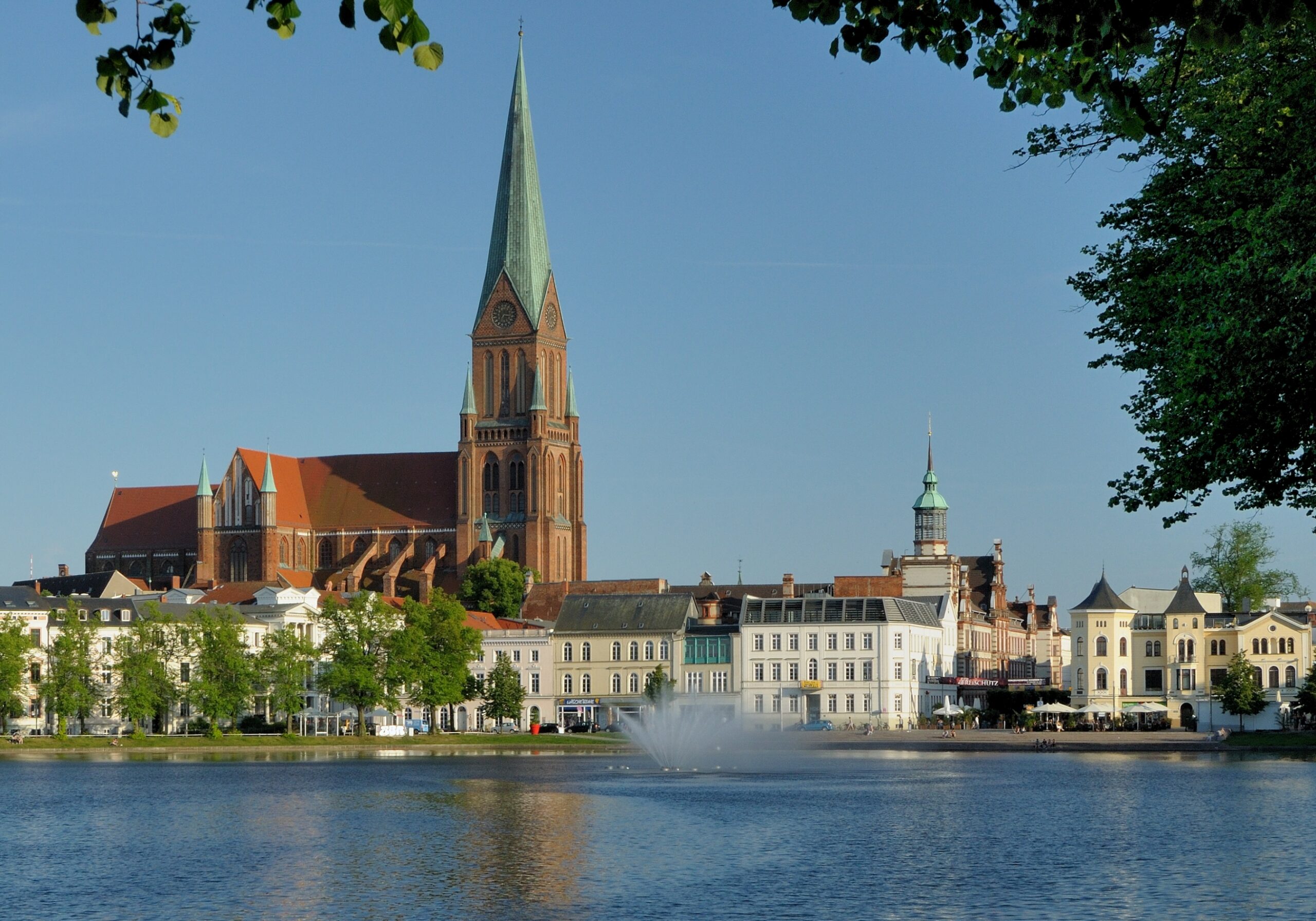

The image of the city as a stage scene, as a performance and as a representation space for coexistent music practices, as space of simultaneous events describes Vienna's singularity in the late 14th and 15th century.

The research aims to prove the definition of music and urbanity, as design element of a social space and of sonority as identity-creating factor. The reconstruction of the significance of music in the curriculum of the university and in the context of Vienna’s consolidation as a centre of knowledge, as a transfer node of central European education networks, as enclave for a cultural diversity and the musical experience as part of everyday life also constitute substantial objects of this research. Historical documents such as foundation deeds, donations, institutional invoices, last will and testaments, book catalogues etc. The main focus of this research project is on the analyses of the theoretical and practical music sources originating in the context of the university and of the connected educational institutions in Vienna. The social, cultural and intellectual communication systems appear as a noted space. From this perspective the city of Vienna emerges as a musical score. The music does not only serve as a brand mark for the internal articulation of the institutions and for the collective identity of the respective centres, but also invites the public to participate and to design their own spaces. The repertoire, which is charged with social energy, contributes to the creation of a common sound space. In the streets and squares, in the public taverns and in the private houses music was practised in most diverse ways. There is extensive historical proof for the existence of a musical practice independent of the established normative in public as well as in private spaces. Music spaces can also be identified outside these clearly defined institutions. Stephen's, the collegium civium, the collegium ducale and the bursae but also the circle of private scholars of the civil society and aristocracy.

The intellectual topography of Vienna shows different centres of music practice such as the Augustinian, the Dominican, the Franciscan, the Benedictine (Schotten Kloster) monasteries and the chantry of St. The influential Viennese intellectual elites of the 15th century did not only comprise the urban educated elites but also some distinguished members of the monasteries and churches. What is the motivation of the individual foundations? How does the city react to the increasing influence of the educated elites starting in the end of the 14th century and to the new intellectual power of early humanism at the end of the 15th century? How is this intellectual diversity reflected in the musical knowledge and practice at that time? Which music spaces can be identified apart from the institutionalised habitats of music practice and teaching in Vienna? Which kind of sonority and of musical identity is connected with the medieval city? Each new foundation contributes to the urban design of Vienna and promotes the progressive changes of its social and cultural reality. The tension between the foundation impulse and the claim of power on the part of the founders on one hand and the structures of self -organisation on the other show the unique features of this and other ducal foundations. The signing of the foundation deed by Duke Rudolf IV and his brothers Albrecht III and Leopold III in 1365 and the new foundation by Albrecht III in 1384 marked the beginning of the exciting history of the University of Vienna and of the collegium civium, which was founded a few months later. Their consequences had a significant impact on the whole of Austria and are closely linked to the central object of this research project.

That was the time of crucial historical developments such as the Council of Konstanz, the Council of Basel and the monastic reform of Melk under Duke Albrecht V. It includes the facts between the first foundation of the University of Vienna in the year 1365 and its decline at the start of the 16th century – among others the denominational disputes, the siege of Vienna and further internal issues. The topic intends to contribute to the urban- and cultural history of Vienna in the period from the end oft he 14th to the beginning of the 16th century. Urban Music and Urban Design at the Time of the First Dukes of Habsburg - Vienna in the 14th and 15th Century*


 0 kommentar(er)
0 kommentar(er)
